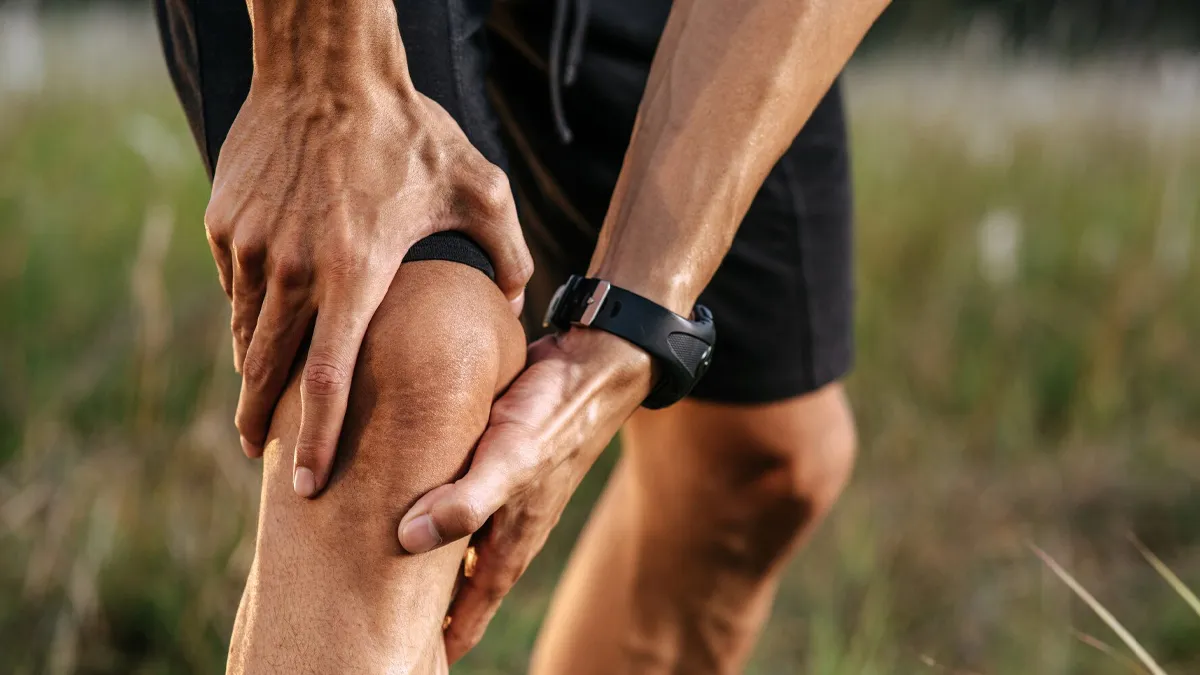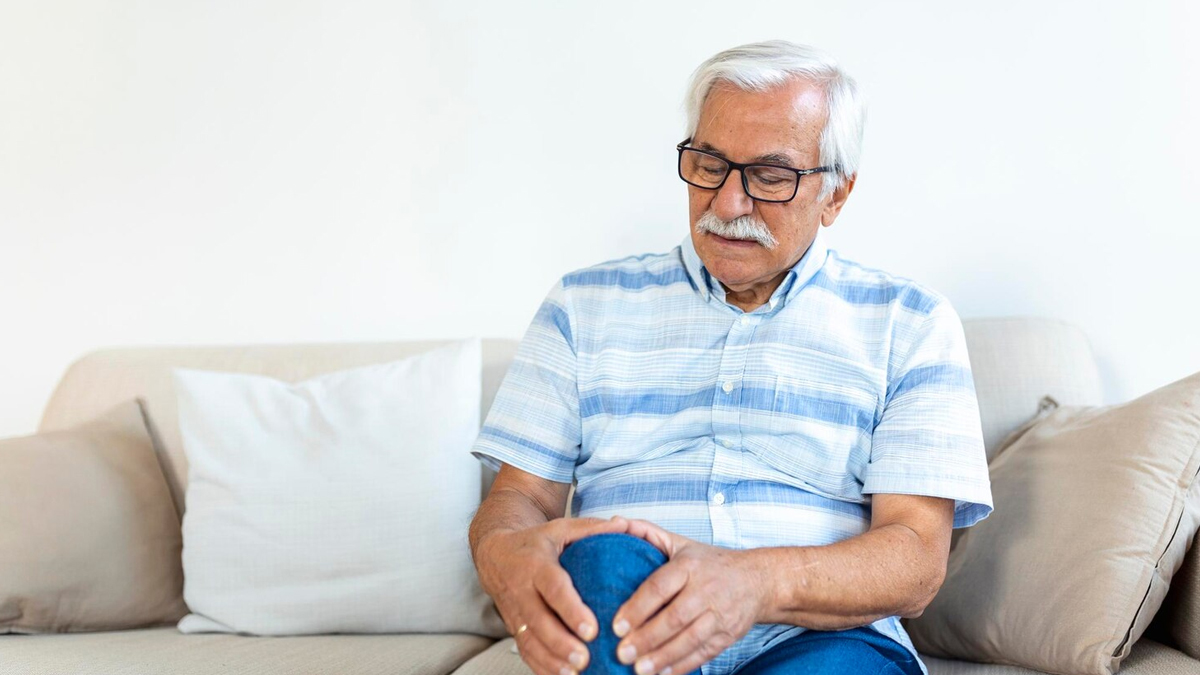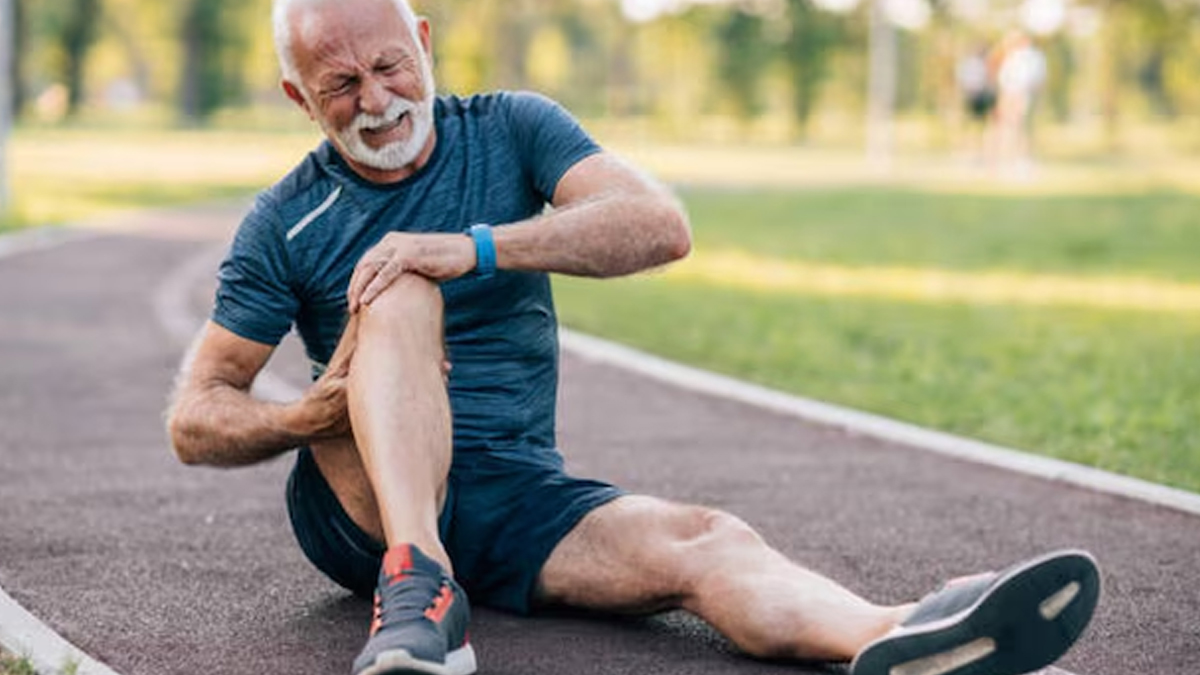
Knee stiffness and difficulty bending or kneeling are often linked to ageing joints, but the cause isn’t always as simple as 'getting older'. While natural wear and tear plays a big role, other factors can also restrict movement.Dr Vinayak Ghanate, Consultant Orthopaedics, Manipal Hospital, Baner, Pune, explains the possible causes, signs to watch for, and when to seek help.
Table of Content:-
Causes Of Knee Stiffness Beyond Ageing Joints

While age-related changes like cartilage thinning, stiffness, swelling, and reduced flexibility are common, knee stiffness can also be caused by:
- Inflammatory arthritis, such as rheumatoid arthritis.
- Sports or accident injuries, including meniscus tears, ligament damage, or cartilage wear.
- Post-surgical effects like scar tissue formation.
- Joint infections or gout.
- Systemic conditions that affect multiple joints.
Also Read: Is Rain Making Your Joints Ache? Doctor-Backed Remedies for Relief
Signs To Watch Out For

Ageing joints usually bring gradual changes. These include:
- Stiffness that eases with movement.
- Occasional swelling or a grating sensation while moving.
- Pain after activity, especially in weight-bearing joints like the knees and hips.
- Slight enlargement of the joint area due to changes in cartilage and bone.
If these symptoms worsen, or you experience ‘clicking’ or ‘creaking’ sounds, it may indicate more than just natural wear and tear. Persistent issues require a medical evaluation.
Old Injuries Can Be To Blame
“Knee stiffness is generally associated with prior injuries that may have been sustained many years earlier,” says Dr Ghanate. “Injury and trauma can result in incomplete healing of either cartilage, meniscus, or ligaments, and the subtle changes that restrict motion may take months or years to develop after the injury.”
Over time, this damage can lead to post-traumatic arthritis, where previous injuries speed up the natural wear and tear in the joint. Scar tissue from surgeries or major trauma can also limit flexibility, causing tightness when bending or stretching.
Even small fractures near the knee that heal poorly may lead to misalignment and altered knee function years later. Micro-injuries from repetitive sports activities or physically demanding work can gradually stiffen the joint. Old injuries may also cause muscle imbalances, placing extra stress on already compromised areas and reducing mobility.
This is why a thorough orthopaedic assessment is important — it can connect current symptoms with past trauma and guide the right treatment plan.
Also Read: Can Cycling Support Longevity, Mobility, & Mental Health? Expert Weighs In
Muscle Vs. Joint-Related Problems
| Type of Issue | Signs and Symptoms | Key Differences |
| Muscle-related |
|
Pain is more superficial and linked to muscle use or pressure |
| Bone/joint-related |
|
Pain is deeper, structural, and not triggered by pressing on the muscle |
Management Strategies

If safe for your condition, certain exercises can restore flexibility:
- Range-of-motion exercises such as heel slides and seated knee bends.
- Stretching of the quadriceps, hamstrings, and calves to reduce muscle tightness.
- Strengthening the quadriceps, hip muscles, and stabilising structures around the knee.
However, exercise may not be enough in cases of severe arthritis, cartilage loss, or deformity. Treatments like physiotherapy, joint injections, or surgery may be necessary. Always get a medical evaluation before starting a programme.
Conclusion
While ageing plays a role in knee stiffness, the cause could be far more complex. From old injuries to muscle imbalances and inflammatory conditions, identifying the root cause is key to effective treatment. Don’t ignore persistent symptoms; getting the right diagnosis can help you regain flexibility and comfort in movement.
Also watch this video
How we keep this article up to date:
We work with experts and keep a close eye on the latest in health and wellness. Whenever there is a new research or helpful information, we update our articles with accurate and useful advice.
Current Version
